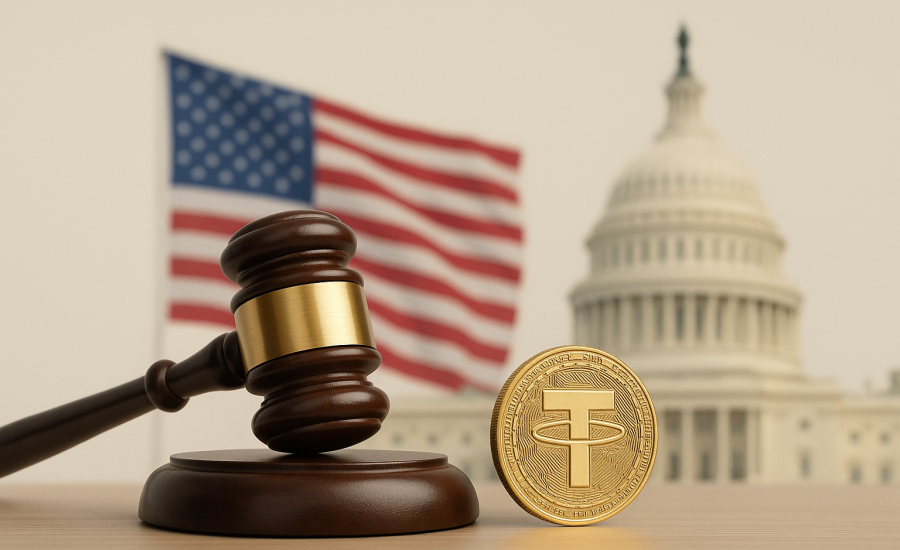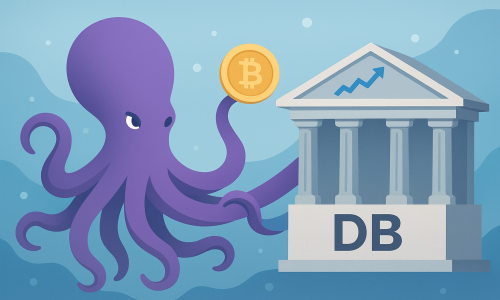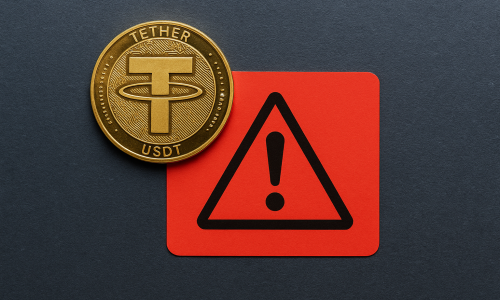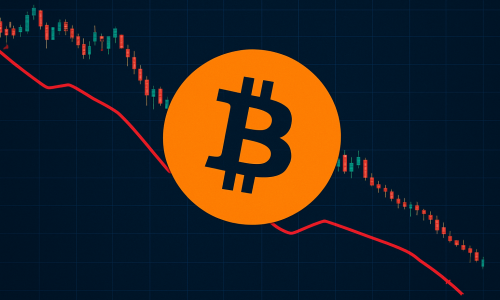Introduction
In a move that could significantly alter the structure of the digital currency ecosystem, US lawmakers have unveiled a proposed legislative bill aimed directly at stablecoin issuers. This legislation seeks to impose comprehensive rules on licensing, disclosure, and operational transparency for entities issuing or managing stablecoins, a class of cryptocurrencies designed to maintain price stability by being pegged to traditional fiat currencies like the US dollar.
The bill, which arrives amid intensifying debates over the regulation of digital assets, is already triggering waves across the crypto industry. If passed, the new regulations could signal the beginning of a more centralized and transparent era for stablecoins while introducing major hurdles for decentralized finance protocols and startups reliant on them. As the global market for stablecoins expands into the trillions, the timing of this bill reflects not just growing regulatory interest but also broader concerns over economic control, financial stability, and investor protection.
The Context: Why Stablecoins Are Under Regulatory Fire?
Stablecoins have become a vital cog in the global cryptocurrency machine. Unlike volatile digital currencies like Bitcoin and Ethereum, stablecoins are typically pegged to fiat currencies and are used for everything from trading and remittances to DeFi lending, borrowing, and saving. Tether (USDT), USD Coin (USDC), and Binance USD (BUSD) are just a few of the most prominent examples. Their market value, once in the billions, now exceeds $150 billion globally and continues to grow rapidly.
However, the very characteristics that make stablecoins attractive — their seeming stability, ease of use, and global availability — have also raised concerns among regulators and policymakers. Critics argue that without clear oversight, stablecoins could be used for illicit activity, create systemic risks in the financial system, and pose significant risks to consumers.
In 2023 and 2024, there were multiple incidents where the value of certain stablecoins either de-pegged from the dollar due to liquidity crises or lacked clear asset backing, raising alarms within regulatory agencies like the Securities and Exchange Commission (SEC) and the Commodity Futures Trading Commission (CFTC). Additionally, several high-profile collapses of stablecoin-based DeFi platforms added urgency to the need for structured oversight.
Inside The Bill: Licensing, Reserve Backing, And Transparency
The newly proposed bill introduces several key requirements for stablecoin issuers, aiming to provide a solid regulatory framework without completely stifling innovation.
Licensing Requirements
All stablecoin issuers operating in or offering services to US residents must obtain a federal license. This includes both centralized firms like Circle and decentralized projects that offer algorithmic stablecoins. The licensing process will involve comprehensive background checks, proof of adequate financial reserves, and the establishment of anti-money laundering (AML) procedures.
Reserve Disclosure and Audit Mandates
One of the core elements of the bill is the requirement for issuers to hold fully backed reserves equivalent to the total value of the issued stablecoins. These reserves must be held in liquid assets like cash or short-term US Treasury securities and will be subject to monthly audits by registered accounting firms. Issuers must publicly disclose the nature and location of their reserves and demonstrate solvency through regular filings with the newly created Digital Asset Oversight Committee.
Consumer Protections
To reduce the risk for retail investors and institutional clients, the bill mandates that stablecoin issuers clearly disclose all potential risks, including market depegging events, redemption conditions, and potential system failures. It will also require 24/7 customer service access and complaint resolution processes, aligning the digital finance experience closer to that of traditional banking institutions.
The Political And Regulatory Landscape
The introduction of this bill follows months of bipartisan discussions in Congress, with lawmakers from both sides of the aisle voicing support for more regulatory clarity in the crypto sector. Notably, the bill reflects elements drawn from previous proposals made by the Financial Stability Oversight Council (FSOC) and the President’s Working Group on Financial Markets.
Treasury Secretary Janet Yellen praised the bill’s comprehensive approach, stating that “stablecoins must operate within a framework that ensures the safety of users and the stability of our financial system.” Meanwhile, SEC Chair Gary Gensler reiterated the need for oversight, particularly where digital assets blur the line between currency, security, and commodity.
However, not all policymakers are aligned. Critics argue that the bill could stifle innovation and put the US at a competitive disadvantage globally. Senator Cynthia Lummis, a known crypto advocate, expressed concerns that small startups and decentralized projects may be forced out of the country or driven underground due to the complexity and cost of compliance.
Impact On The Crypto Industry And Market Reaction
The announcement of the bill has already triggered a mixed reaction across the crypto market. While some stablecoin-related assets dipped slightly in value, most of the large-cap cryptocurrencies remained relatively stable, with Bitcoin holding above $69,000 and Ethereum fluctuating near $3,600.
Circle, the issuer of USDC, publicly welcomed the bill, stating that regulation is a necessary evolution for the legitimacy and mass adoption of stablecoins. “Clear guardrails around transparency, security, and consumer protection will strengthen trust in digital finance,” said Circle CEO Jeremy Allaire.
On the other hand, Tether Holdings Limited has yet to release a public statement. Tether has long been under scrutiny for a lack of transparency in its reserve reporting, and this bill could place unprecedented pressure on its operational model.
DeFi protocols, which often rely heavily on stablecoins for liquidity provision and collateral management, could face technical and strategic challenges. Platforms like Aave, Curve, and Compound may need to modify their offerings or even exclude non-compliant stablecoins if they wish to retain US-based users.
Stablecoin Innovation Vs. Compliance: Can They Coexist?
The regulatory push represents a turning point in the narrative around stablecoins. For years, these digital tokens have operated in a semi-legal grey area — regulated loosely, if at all, depending on jurisdiction. While some projects have embraced voluntary transparency, others have operated with minimal oversight.
Proponents of the bill argue that responsible innovation can still flourish under a well-defined legal framework. They point to how regulations have helped mature other industries such as online payments, digital banking, and fintech at large.
However, the challenge lies in striking a balance. Algorithmic stablecoins, such as TerraUSD (prior to its collapse), rely on complex economic incentives rather than direct fiat backing. Under the new rules, such models might be rendered unfeasible in the US market. The bill’s preference for fully-backed fiat collateral could push the ecosystem away from decentralized experimentation and back into the hands of large, well-funded corporations.
International Perspective: Will Other Nations Follow?
The United States is not alone in pushing for stablecoin regulation. The European Union has already passed its Markets in Crypto-Assets (MiCA) framework, which includes specific provisions for stablecoin issuers and digital asset service providers. The United Kingdom and Singapore have also proposed similar licensing regimes.
If passed, the US bill could influence international regulatory coordination, setting a precedent for how global financial watchdogs handle digital currencies. It may also serve as a blueprint for future legislation governing CBDCs (central bank digital currencies), which share many characteristics with stablecoins.
China, having already launched its digital yuan, remains staunchly opposed to decentralized cryptocurrencies but is closely monitoring the stablecoin market to protect its monetary sovereignty.
The Road Ahead: What Comes Next?
As the bill moves through congressional committees, industry stakeholders are expected to lobby for amendments, particularly on issues related to algorithmic models and startup inclusion. The Digital Assets Working Group, comprising regulators, industry experts, and public interest advocates, will continue to meet with lawmakers to refine the language of the bill.
If passed into law, the rollout would occur in phases. Large issuers would need to comply within 12 months, while smaller entities and DeFi protocols would be granted an 18-month grace period. The proposed framework includes a $100 million fund to support compliance upgrades for smaller fintech companies, potentially helping them remain operational within the US.
The crypto industry has reached a crossroads. Either it embraces the shift toward institutional legitimacy and global trust, or it resists and risks fragmentation and exclusion. The introduction of this stablecoin regulation bill underscores the fact that crypto is no longer an experimental niche — it is now part of the mainstream financial conversation.
Conclusion
The proposed U.S. stablecoin regulation bill marks a pivotal moment not only for the digital asset ecosystem but for the broader direction of financial innovation. After years of operating in legal ambiguity, stablecoin issuers now face the prospect of clear, enforceable rules that could bring legitimacy, investor confidence, and institutional participation—but also significant operational burdens, particularly for decentralized projects and smaller fintech startups.
This is more than a regulatory update. It’s a declaration that the era of unregulated digital currencies, especially those that mimic fiat functionality, is nearing its end in the world’s largest economy. While the bill may impose tighter controls and raise the barrier to entry, it also signals that stablecoins are being taken seriously by policymakers. That recognition alone could pave the way for stablecoins to be used in everything from cross-border payments and programmable finance to central bank digital currency integrations and tokenized commerce.



